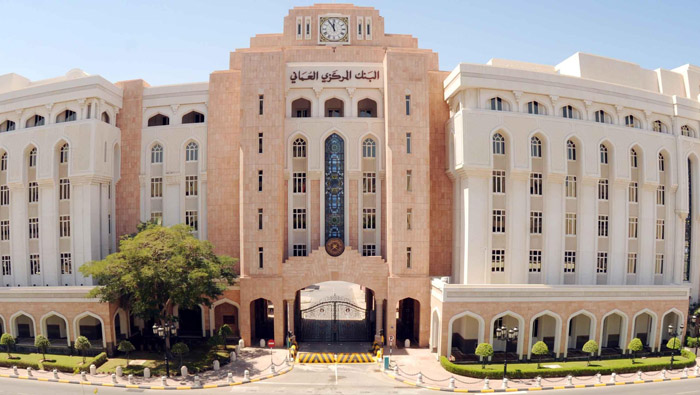
Muscat: Oman’s conventional and Islamic financial institutions have achieved a robust 12.45 per cent (or OMR2.27 billion) growth in credit at OMR20.54 billion for the 12-month period ending February this year.
The credit growth was aided largely by demand for finance from corporate sector, including government-owned entities for funding large projects, and partly by the retail customers.
The growth in overall credit was more or less in line with the pace of growth witnessed last year, although the plunge in oil revenue had impacted the performance of manufacturing firms.
Of the total credit, OMR18,692.7 million was constituted by conventional banks, while the share of Islamic banks and window operations contributed the remaining OMR1,851.9 million.
Total deposits of Omani banks, including Sharia-compliant institutions, rose moderately by 6.32 per cent (or OMR1.15 b) to OMR19.42 billion by February 2016, according to the latest statistics released by the Central Bank of Oman.
In fact, the recent issue of development bonds and the first sovereign sukuk issue by the government have taken away excess liquidity from the financial system, affecting deposit growth to a certain extent.
Of the total deposits, OMR17.83 billion was from conventional banks, while the remaining OMR1.59 bllion was constituted by Islamic institutions.
Oman has seven conventional banks — Bank Muscat, National Bank of Oman, BankDhofar, HSBC Bank Oman, Bank Sohar, Oman Arab Bank and ahlibank – and two fully-fledged Islamic banks – Bank Nizwa and alizz Islamic bank.
A robust growth in Islamic finance (which surged ahead by 63.44 per cent to OMR1.85 billion during the 12-month period shows that Sharia-compliant banks are able to establish themselves in the market and able to overcome their teething problems. Further, two Islamic banks and window operations of conventional banks have launched innovative products to attract Omani customers, besides opening several branches in different parts of the country.
There have been considerable increases in the number of branches and assets held by these entities. Islamic banks are opening up new segments and players and, thus, adding to the competitive environment, not only in terms of efficiencies and innovations, but by also providing consumers the benefit of choosing between both conventional and Islamic banking products.